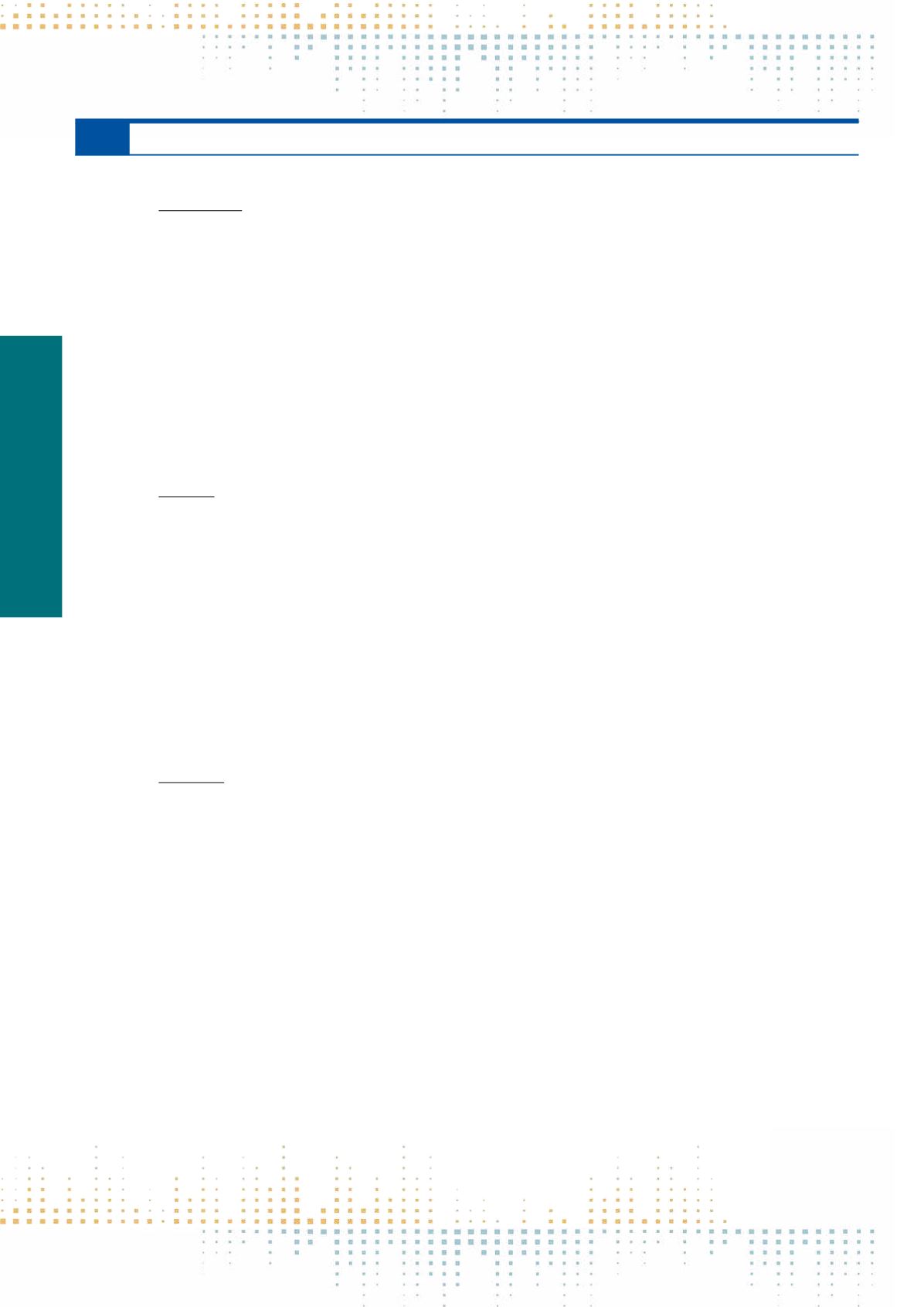

262
Friday, November 11
1 4 : 3 0 – 1 6 : 0 0
DGR PS
Poster session
PS 052
The Popularity of Kawaii (cute) Culture in Japan: What Lies Beneath Kawaii
M. Aizawa Phelan
1
1
Shokei Gakuin University, Culture and Communication Activities, Natori, Japan
Not only is kawaii merchandise and fashion very popular among Japanese, kawaii culture is widely known abroad by Japanese pop culture fans, especially
in terms of "cool Japan phenomena." This popularity led the Ministry of Foreign Affairs in 2010 to appoint three so-called “Kawaii Ambassadors” to be
point persons for the global promotion of kawaii. But why do Japanese cherish kawaii culture? The word kawaii has a wide range of meanings - tiny, little,
cute, pretty, lovely, sweet, adorable, etc. This presentation will discuss the historical background of kawaii dating back to the writings of Seishonagon in
the Heian Period (794–1185). It will also discuss the nonverbal, semiotic characteristics of kawaii, how young people perceive kawaii, the roles of girls’
anime, the rapidly spreading kawaii culture overseas, and the advantages and disadvantages of kawaii culture. One of the disadvantages of kawaii culture,
for example, is the way it does not seem to promote gender equality or question traditional framings of Japanese women’s identities and social status.
Though Japan is an advanced nation, the number of women in leadership roles and positions is much lower than that of either China or the Philippines.
Kawaii culture encourages young women to become even more kawaii and to seek after words of praise for their ‘kawaiiness' from both other women and
men. Because of the declining population of Japan, women’s social progress and participating in leadership roles are a must.Though kawaii culture will lead
to the production of more and more kawaii merchandise, it will not help Japanese women strengthen their identities as social equals in the general society.
PS 053
The Feminization of Journalistic Work: A Discursive Perspective
N.E. Apostol
1
1
University of Bucharest, Faculty of Journalism and Communication Sciences, Bucharest, Romania
In this paper, I draw on 22 semi-structured interviews taken with Romanian women journalists, and I explore how the feminization of work in news-media
is articulated in their discourses. While the journalistic occupation in theWestern context has been associated with the phenomena of underrepresentation
of women, in the Central-Eastern European countries have been identified more balanced patterns of gender distribution across the different levels of pro‑
fessional hierarchy. At the same, a consistent part of the feminist research on media production has implicitly or explicitly operated with the assumption
that a greater number of women journalists will contribute to the decline of sexism both in the newsrooms and in the content. With more recent input,
from the same research area, this expectation has been critiqued and deconstructed. Whether there is a causal relation or not between the quantitative
and qualitative advancement of women in the newsrooms, in this paper I suggest taking a discursive approach as a means to focus empirically on the ex‑
periences women have in the newsrooms. By putting temporally aside macro-level gendered patterns the aim is to concentrate on a more fine-grained
type of analysis. To this end, I employ discourse analysis on my corpus, and I show how the journalistic work is being feminized by the participants in my
research. Then, I point some of the implications that arise when corroborating these results with the feminist theoretical background that has underpinned
studies on media production.
PS 054
Discourses and Representations of Gender in Uses of ICT – Reflections from a Qualitative Project with Young People in Sao Paulo, Brazil
M. Barbovschi
1,2
, T. Jereissati
2
1
Romanian Academy, Institute of Sociology, Bucharest, Romania
2
NIC.br Núcleo de Informação e Coordenação do PONTO BR, CETIC.br Centro Regional de Estudos para o Desenvolvimento da Sociedade da Informação, Sao Paulo, Brazil
In the context of achieving gender equality as one of the Sustainable Goals for 2030, understanding how ICTs and social media help reduce the gender
gap for young people is an important undertaking. The ICT and gender for young people project (2016) conducted by CETIC.br in Sao Paolo, Brazil, aims to
explore practices of access, uses and activities of young people online, as well as ways of self-expression and presentation on social media, socialisation
of privacy in the context of learning about consent and boundaries, and technology-related violence (including sexualised violence). The project is inter‑
ested in how dominant social representations and discourses around gender-specific uses of ICT are being reproduced or challenged among young people
and adults. The fieldwork (conducted in metropolitan area of Sao Paulo) consist in 12 single-sex focus groups with young people aged 10–12, 13–14,
15–17, 12 individual interviews with parents of both sexes (mothers, fathers) and 3 interviews with teachers of children from each age group. In this pre‑
sentation we will explore how young people from different socioeconomic backgrounds (classes C to E) think about privacy on social media and how their
representations are linked to notions of consent and experienced online violence. Namely, we will explore gender-specific violence, including harassment,
discrimination, verbal violence (including being called names), revenge porn/ dissemination of nude photos, slandering (e.g. being ridiculed online for not
conforming to norms regarding physical beauty). As reported by Ringrose et al. (2012), sexting is often coercive and linked to bullying, harassment and
violence. Furthermore, there is not enough evidence about how young people think about consent in general, in addition to the practice of spreading nude
photos of girls, as noted by Livingstone & Mason, 2015. In our research, consent is a crucial component of how young people think about privacy, including
on social media. In a culture like Brazil, still permeated by stereotypical views on gender identities and roles and rife with violence, including domestic
violence - an intersectional perspective which takes into account social class and race will add relevant information to middle-class, white-centric research
on young people and social media.



















